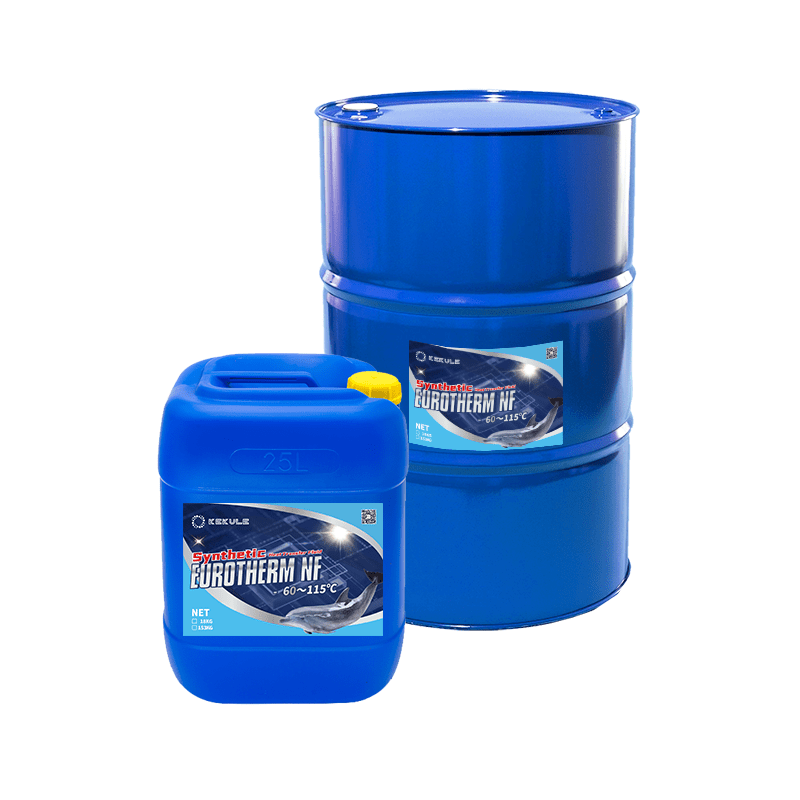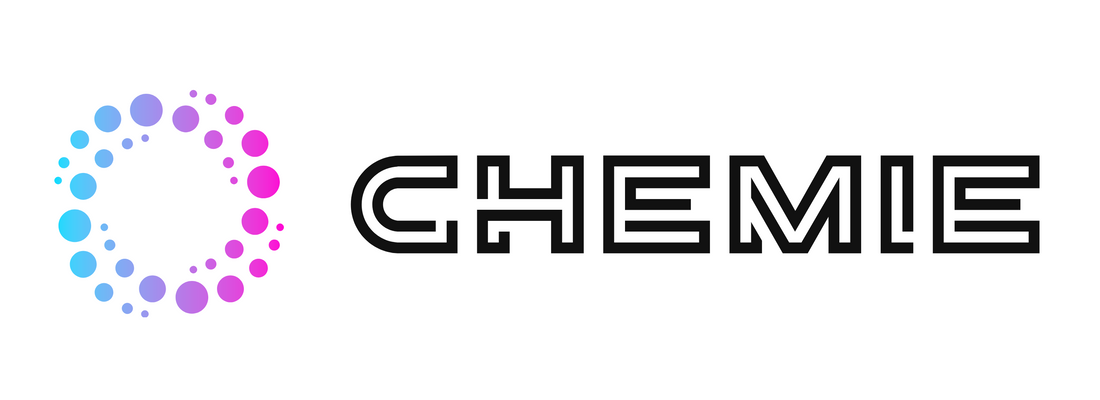Chemie for Beginners
Wiki Article
See This Report on Chemie
Table of ContentsFacts About Chemie UncoveredThe 15-Second Trick For ChemieChemie for BeginnersAbout ChemieAll about ChemieThe 20-Second Trick For Chemie
By Bojanna Shantheyanda, Sreya Dutta, Kevin Coscia and David SchiemerDynalene, Inc. Fluid air conditioning, which can be attained making use of indirect or straight ways, is used in electronics applications having thermal power densities that might go beyond secure dissipation via air cooling. Indirect fluid cooling is where heat dissipating electronic components are literally divided from the fluid coolant, whereas in situation of direct cooling, the components remain in direct contact with the coolant.In indirect air conditioning applications the electrical conductivity can be important if there are leakages and/or spillage of the fluids onto the electronic devices. In the indirect cooling applications where water based liquids with rust inhibitors are generally made use of, the electrical conductivity of the fluid coolant generally depends upon the ion concentration in the fluid stream.
The increase in the ion concentration in a closed loophole fluid stream might happen due to ion seeping from metals and nonmetal parts that the coolant fluid touches with. Throughout operation, the electric conductivity of the liquid may increase to a degree which could be harmful for the air conditioning system.
The smart Trick of Chemie That Nobody is Talking About
(https://myanimelist.net/profile/chemie999)They are grain like polymers that are qualified of trading ions with ions in a service that it touches with. In the existing work, ion leaching tests were executed with different metals and polymers in both ultrapure deionized (DI) water, i.e. water which is dealt with to the highest degree of pureness, and low electric conductive ethylene glycol/water mix, with the measured modification in conductivity reported in time.
The examples were allowed to equilibrate at area temperature for 2 days prior to videotaping the preliminary electric conductivity. In all tests reported in this research fluid electric conductivity was measured to an accuracy of 1% making use of an Oakton CON 510/CON 6 collection meter which was calibrated before each measurement.
Not known Details About Chemie
from the wall surface heating coils to the center of the heater. The PTFE example containers were put in the furnace when consistent state temperatures were reached. The examination arrangement was gotten rid of from the furnace every 168 hours (seven days), cooled down to area temperature level with the electrical conductivity of the fluid determined.The electric conductivity of the liquid example was monitored for an overall of 5000 hours (208 days). Number 2. Schematic of the indirect shut loophole cooling down experiment set up - meg glycol. Table 1. Elements made use of in the indirect shut loophole cooling down experiment that touch with the fluid coolant. A schematic of the speculative arrangement is received Number 2.

About Chemie
Throughout procedure the liquid reservoir temperature was preserved at 34C. The modification in liquid electric conductivity was checked for 136 hours. The liquid from the system was collected and stored. Closed loop test with ion exchange material was lugged out with the very same cleansing treatments employed. The preliminary electrical conductivity of the 230ml UP-H2O in the system determined 1.84 S/cm.
0.1 g of Dowex material was included to 100g of liquid samples that was absorbed a separate container. The mixture was mixed and change in the electrical conductivity at area temperature was determined every hour. The measured modification in the electrical conductivity of the UP-H2O and EG-LC examination liquids consisting of polymer or steel when immersed for 5,000 hours at 80C is shown Figure 3.
Some Known Questions About Chemie.
Ion leaching experiment: Calculated modification in electrical conductivity of water and EG-LC coolants including either polymer or metal samples when immersed for 5,000 hours at 80C. The results indicate that metals added fewer ions into the liquids than plastics in both UP-H2O and EG-LC based coolants.Fluids including polypropylene and HDPE showed the most affordable electrical conductivity changes. This might be due to the brief, stiff, straight chains which are much less likely to contribute ions than longer branched chains with weak intermolecular pressures. Silicone additionally performed well in both examination fluids, as polysiloxanes are generally chemically inert as a result of the high bond energy of the silicon-oxygen bond which would avoid destruction of the product right into the liquid.
Not known Facts About Chemie
It would be expected that PVC would certainly produce comparable results to those of PTFE and HDPE based on the similar chemical frameworks of the products, nevertheless there may be other pollutants existing in the PVC, such as plasticizers, that might influence the electrical conductivity of the liquid - meg glycol. In addition, chloride teams in PVC can also seep right into the examination fluid and can create a rise in electric conductivityBuna-N rubber and polyurethane showed signs of degradation and thermal decay which suggests that their possible utility as a gasket or glue product at greater temperature levels might result in application issues. Polyurethane completely degenerated into the examination fluid by the end of 5000 hour examination. Number 4. Prior to and after pictures of steel and polymer samples immersed for 5,000 hours at 80C in the ion leaching experiment.
Calculated adjustment in the electric conductivity of UP-H2O coolant as a function of time with and without material cartridge in the closed indirect air his comment is here conditioning loophole experiment. The measured modification in electric conductivity of the UP-H2O for 136 hours with and without ion exchange resin in the loop is displayed in Number 5.
Report this wiki page